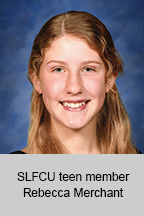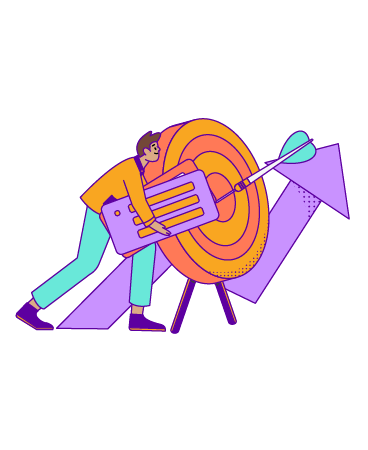Since payments have turned digital, Rebecca feels the new generation doesn’t know the process of writing or cashing a check.

Sunward Teen Member Explains Check Writing Process
 Most schools no longer teach how to write checks. Since payments have turned digital, the new generation doesn’t know the process of writing or cashing a check. When you know how, you can pay for things like clothes, accessories, games, or even groceries. Writing a check is actually very simple.
Most schools no longer teach how to write checks. Since payments have turned digital, the new generation doesn’t know the process of writing or cashing a check. When you know how, you can pay for things like clothes, accessories, games, or even groceries. Writing a check is actually very simple.
There are 6 parts to a check.
1. The date: Put the date in the upper right-hand corner. This can be expressed as month/day/year or month day, year.
2. The payee: Here you would put the full name of the person or company you wish to pay.
3. The amount: How much you’re paying. An example would be $239.46.
4. The amount (again): Almost the same as three; this time you write the amount in words. Using the same example from before, you would write “Two Hundred Thirty-Nine and 46/100.” The reason you put your change as a fraction is so that there is no confusion between the dollars and cents. Then you would draw a line through the remainder of the space for the words, so no additional money can be forged and taken from your account.
5. The memo: This is a description of how you are using the money. For example, if you used the money to pay a bill, you could just write “Electric Bill.”
6. Your signature: To verify that this is your money you are giving to someone else, you must sign the check.
Throughout all of this you want to use a gel pen so that nothing can be erased or changed.
An important part of the check is at the very bottom. There are block numbers, dots, and slashes. Those are account information numbers. The first group of numbers is called the Routing Number. These tell the banking system the name and location of your bank or credit union. The second group identifies your account, so that the credit union knows what account to take the money from. The last group is the sequence number. It matches the number at the top right of your check. This is basically the number of the check you are using. All checks have an order, and this number tells you just that.
To cash a check you have received, you can take it to your credit union. Then sign the back, which is called endorsing the check. This gives the credit union the ability to cash it for you. If you have given a check to someone else, it usually takes one to two days from the day they deposit the check for the money to be transferred from your account to the recipient’s. If the person you give a check to does not deposit it right away, call that person and ask them if it was lost. If so, call the credit union to stop payment on the check.
If someone gives you a check and you do not deposit or cash it within 12 months, the credit union doesn’t have to give you the money, since the check is technically invalid. To track money going in and out of your account, you can usually go to your financial institution’s website and sign in to your account. Once you know how to write a check you can pay for anything and you have a lifelong skill that you can teach others.












